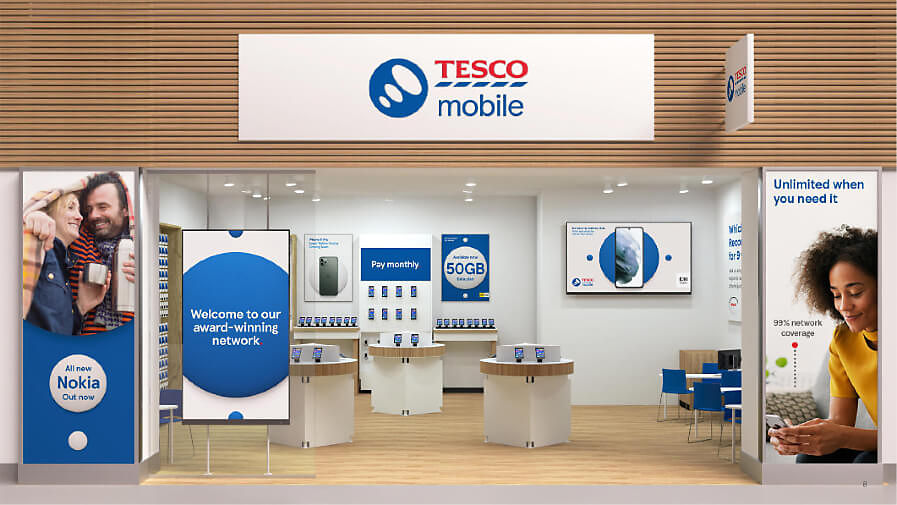Viewpoint: Fake News vs. Real Money
- Wednesday, January 25th, 2017
- Share this article:
 In his first week in office, President Trump has, among other things, launched a number of blistering attacks at the press, continuing an antagonistic relationship that has only worsened since he announced his plan to run for the Republican nomination.
In his first week in office, President Trump has, among other things, launched a number of blistering attacks at the press, continuing an antagonistic relationship that has only worsened since he announced his plan to run for the Republican nomination.
Meanwhile, on this side of the pond, rumours are circulating that The Guardian may be shifting to a tabloid format, as well as outsourcing its printing operation to a rival publisher and ending a number of other operations all in an effort to reduce costs.
The potential hostility that the White House press corps faces from the Trump administration and The Guardian’s financial struggles are just the latest in a long line of bad news that traditional publishers have faced lately. Circulation numbers for daily newspapers dropped another 6.4 per cent between October 2015 and September 2016, with less than a third of UK adults now reading a daily paper, while The New Day, Trinity Mirror’s attempt at launching a new compact daily last year, lasted just two months after sales dropped to around 30,000 copies a day.
Of course, many news publishers are transitioning to online models, with both The Guardian and Trinity Mirror both boasting an online readership of over 10m a month. However, as audiences fragment, advertising rates drop and ad blocker adoption rises, the revenues that even a premium publisher can bring in via online advertising don’t seem enough to keep a business afloat.
Last year, non-profit news organisation Mother Jones published a lengthy investigative report into how private prisons operate in the US, centring on a reporter’s four month stint undercover as a prison guard. The piece was 35,000 words long, five to 10 times longer than a typical feature, but still attracted over a million readers. The piece was picked up by CNN, The Washington Post and a number of other news organisations. Thousands of media figures and politicians shared it online, as did tens of thousands of readers. As a result of the article, the Justice Department announced that it would no longer contract with private prisons, a massive shift in policy affecting thousands of federal inmates, and a fairly spectacular result for any news story.
Two months later, Mother Jones posted an unconventional follow up to the story, exploring how even a story this widely-shared, impactful and important didn’t come close to making back the costs involved. The story involved over 18 months of work, including the four months spent working at the prison and over a year of additional reporting, fact-checking and legal reviews, and over a dozen members of staff took part in its production. The publisher estimated that, conservatively, the story cost roughly $350,000 (£278,000). The banner ads appearing on the article brought in $5,000.
Obviously this is an extreme example, but with the rise of concerns over ‘fake news’, there are increasing concerns over the quality of online journalism and the impact that this has on the wider world. True investigative journalism takes time and resources, something that publishers find themselves increasingly scrambling for. Meanwhile, less reputable websites churn out clickbait articles at a rate of 30 a day, using social channels like Facebook and Twitter to pull in audiences and drive advertising revenues.
There’s no easy solution to this problem, and in many ways it’s a smaller part of the larger breakdown in public understanding of the value exchange that powers the internet. It’s the same breakdown that has driven users to ad blocking, and publishers to more and more intrusive methods of advertising.
Alternatives have presented themselves, but they also come with substantial caveats. Native advertising is less intrusive, but 33 per cent of UK consumers say they felt disappointed or deceived after reading articles only to later discover that it was sponsored by a brand or company, and in an age when public trust in news is already being eroded, one can understand publishers being loathe to speed up that process. Pay walls have been employed by a number of notable news publishers, following the reasoning that if people are willing to pay for a newspaper, they should also be willing to pay for online news. However, without exclusive content (extremely tricky in the age of social media and hundreds of competing sites) publishers risk audiences simply going elsewhere for their news.
The importance of quality long-form journalism has never been more apparent, but it has also never been as at-risk as it is today. Fortunately, we are living in an age of massive technological innovation and capability, so hopefully someone out there has a solution that benefits publishers, brands and consumers, all at the same time.

















